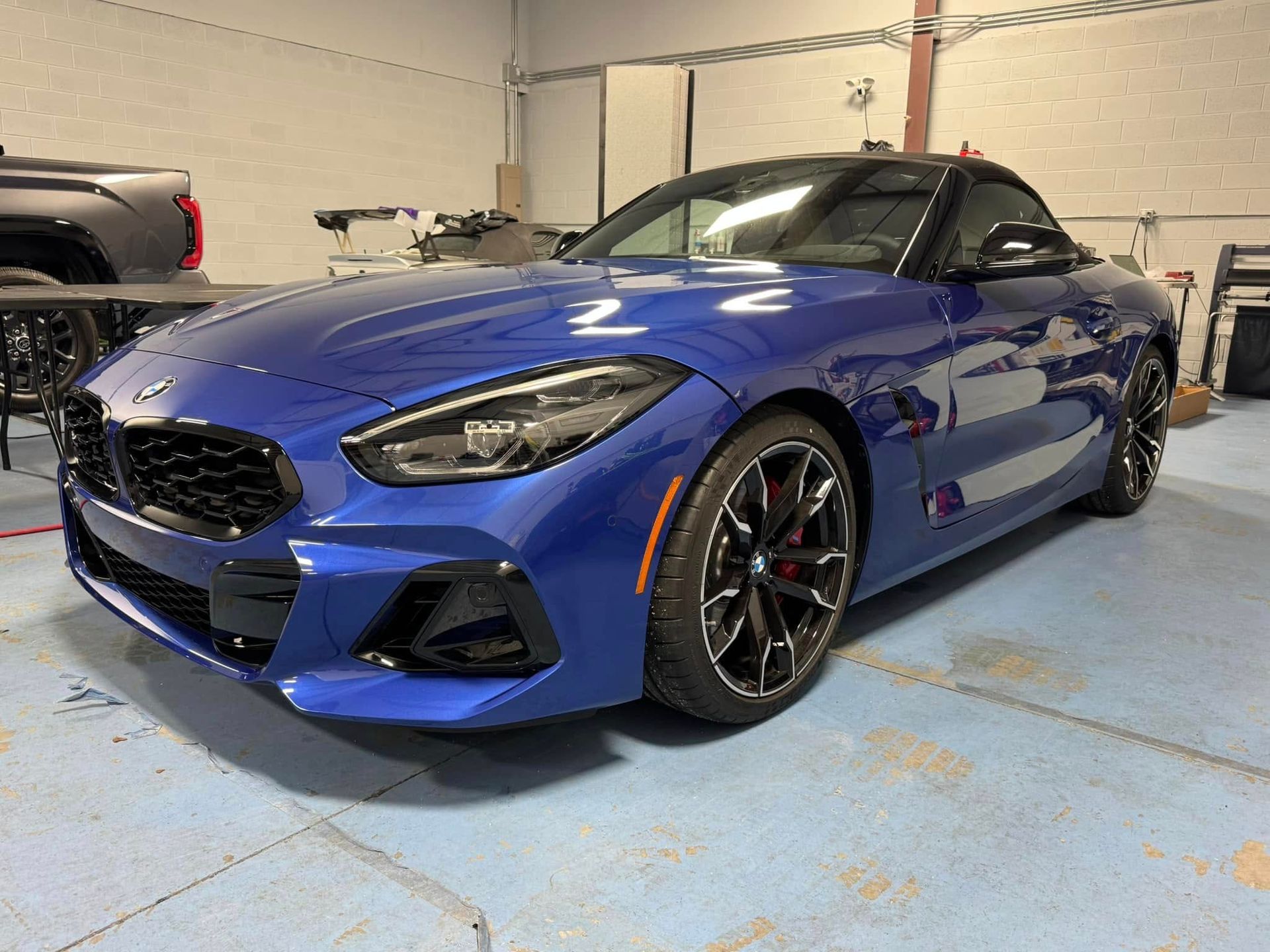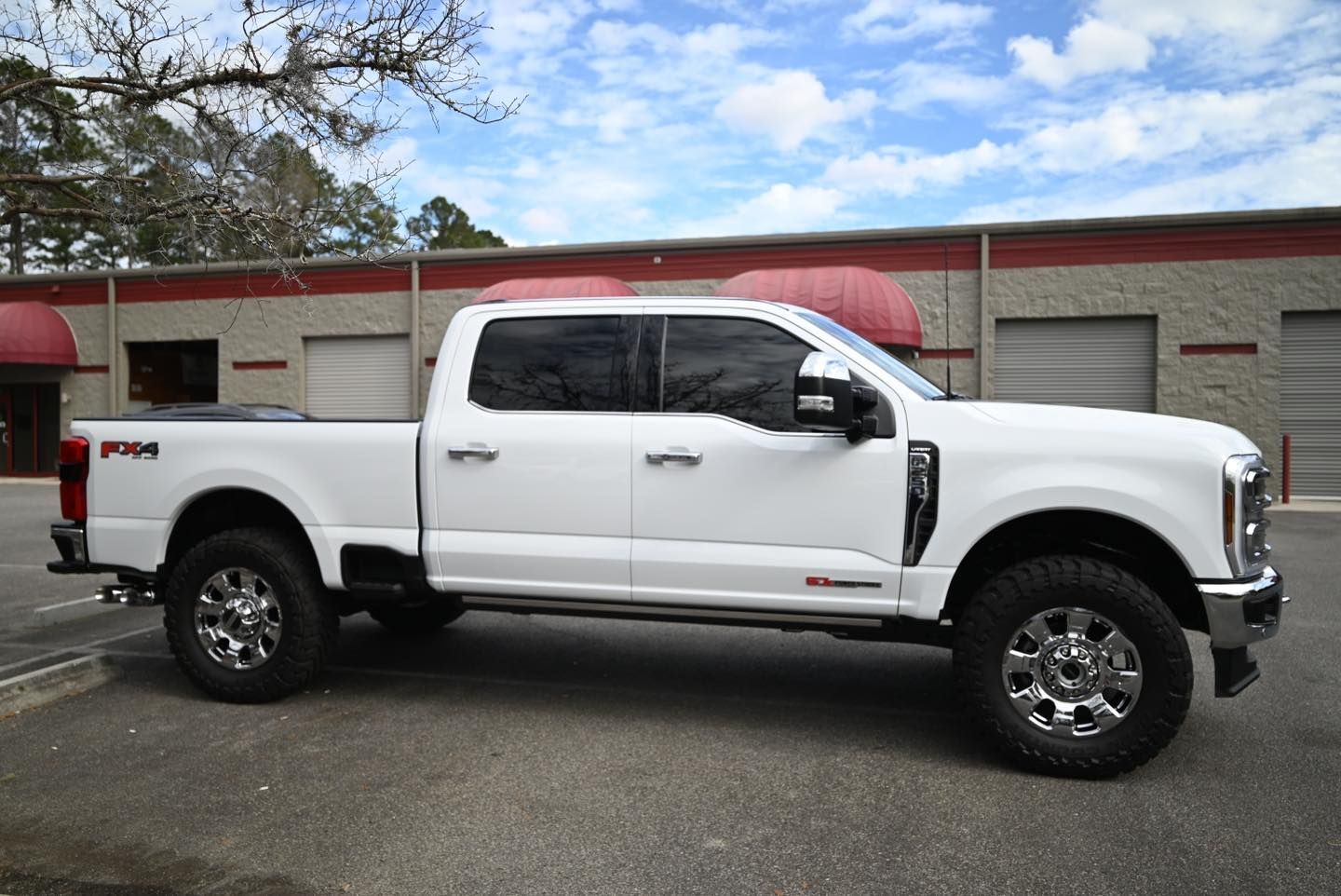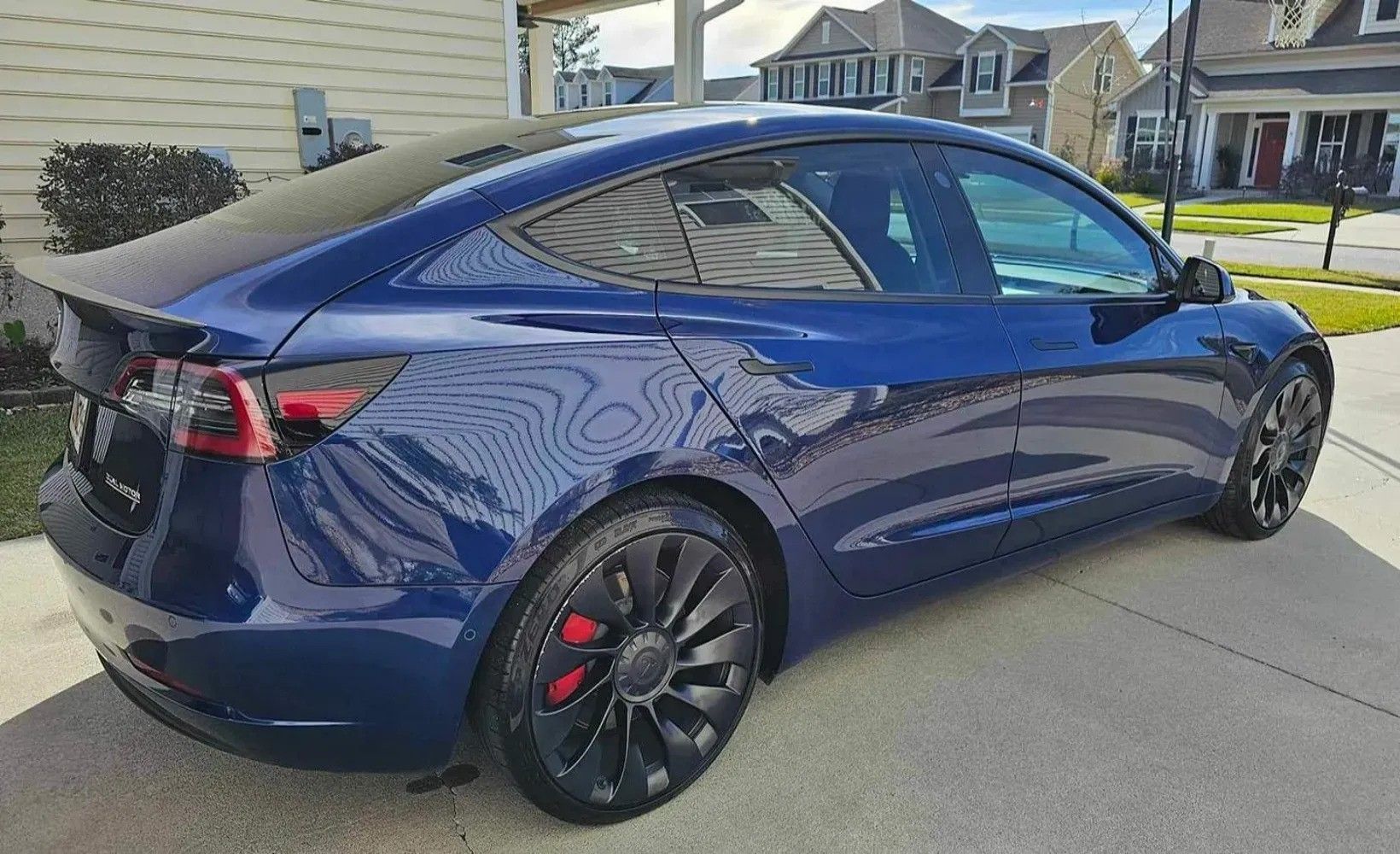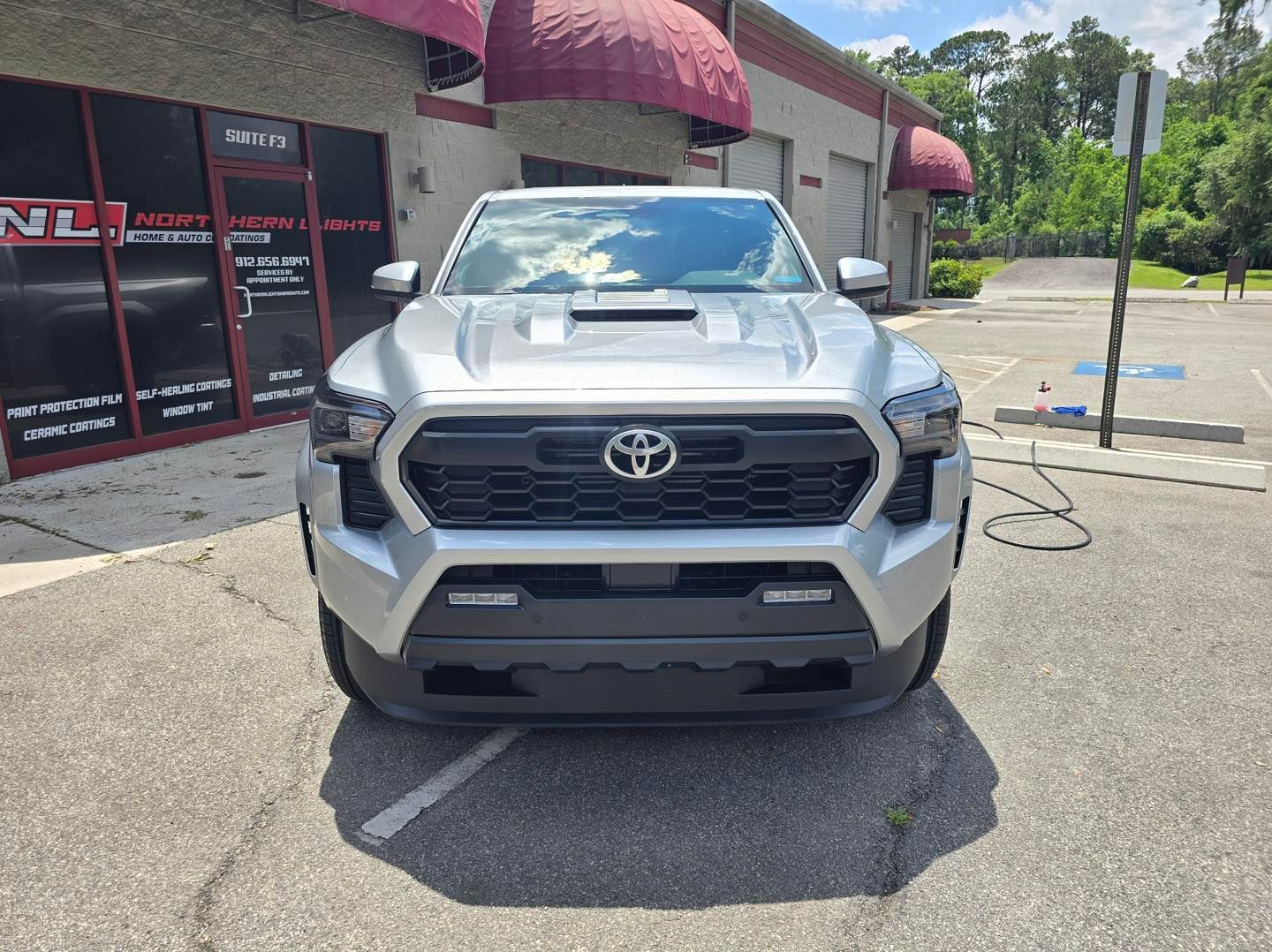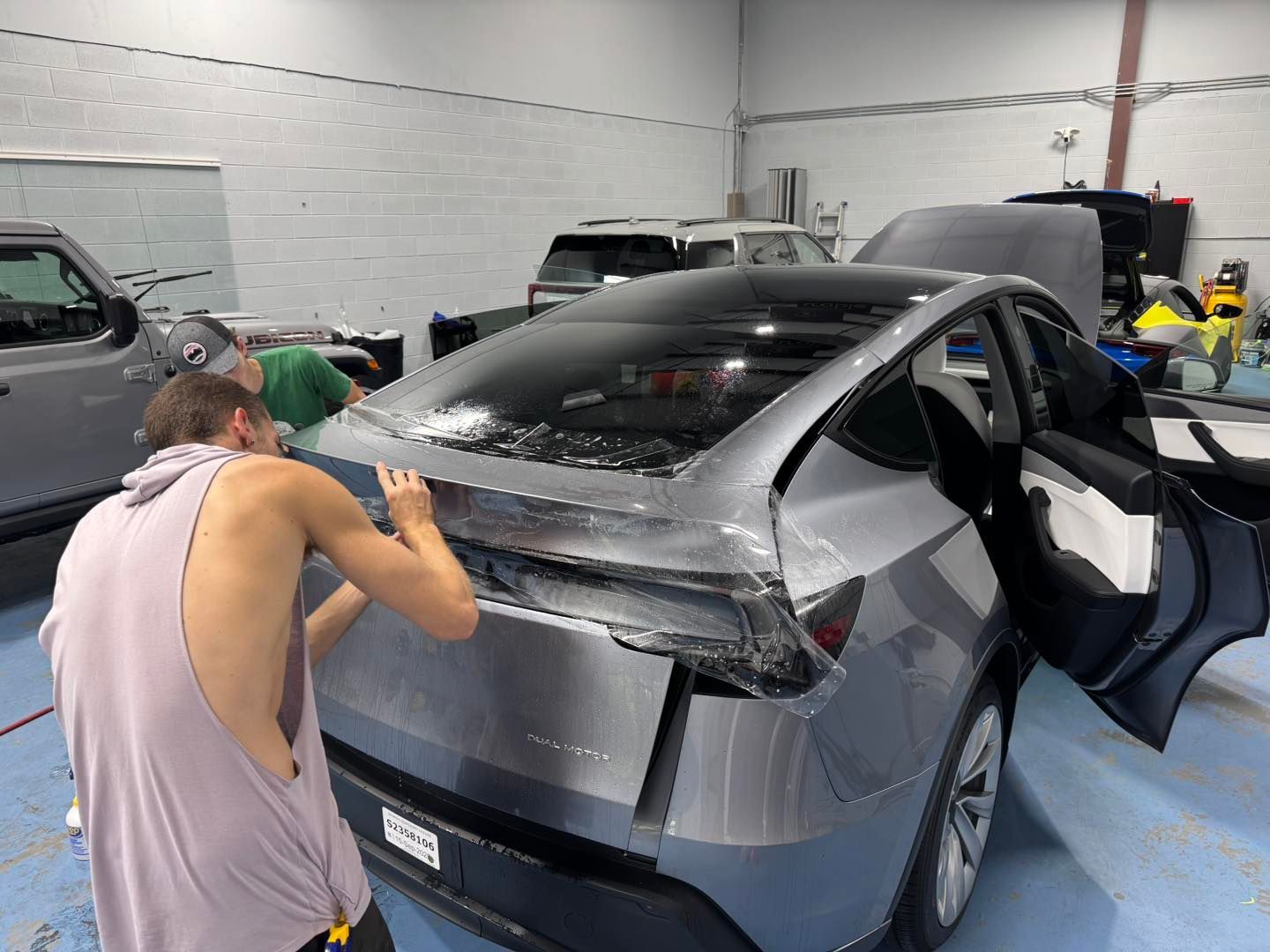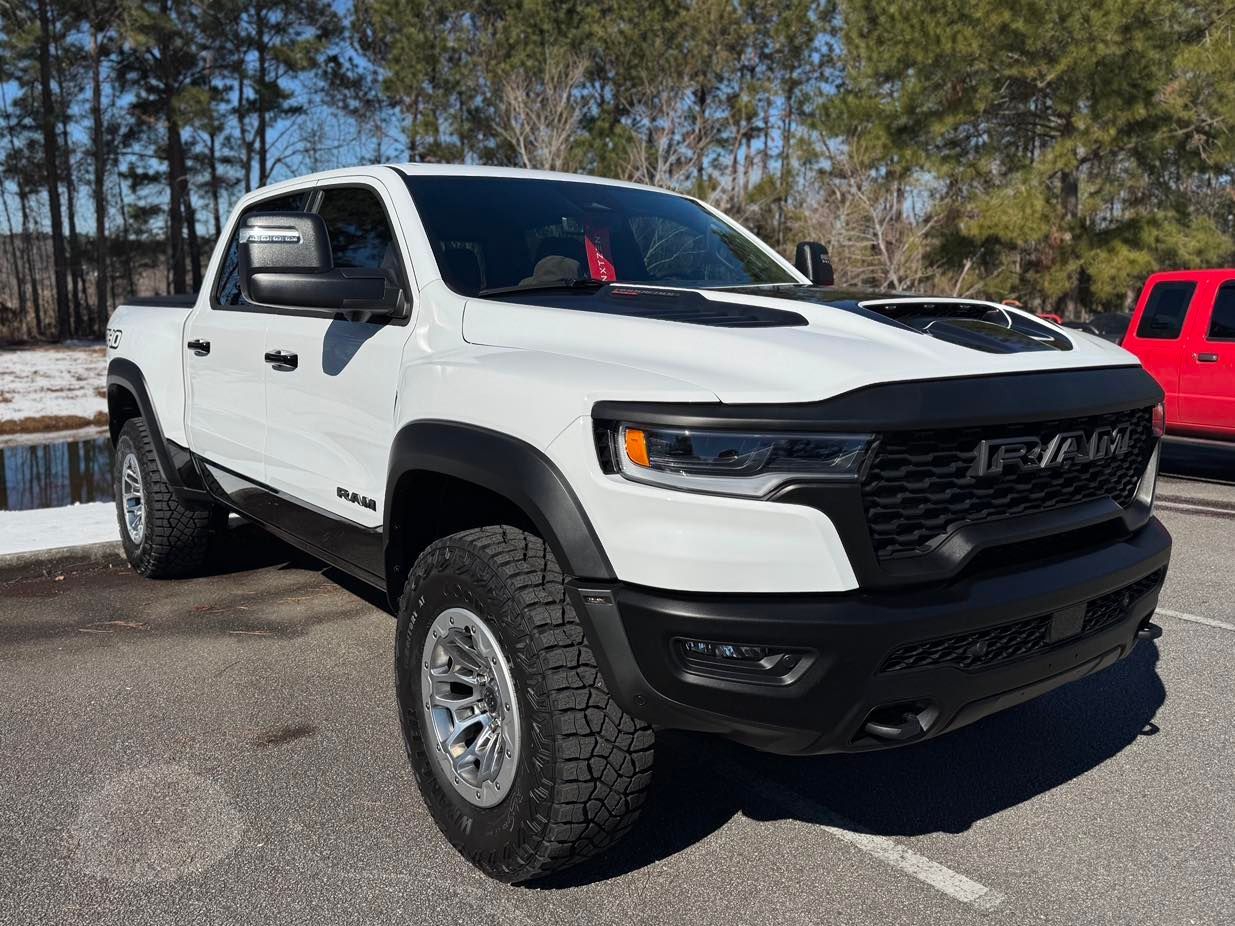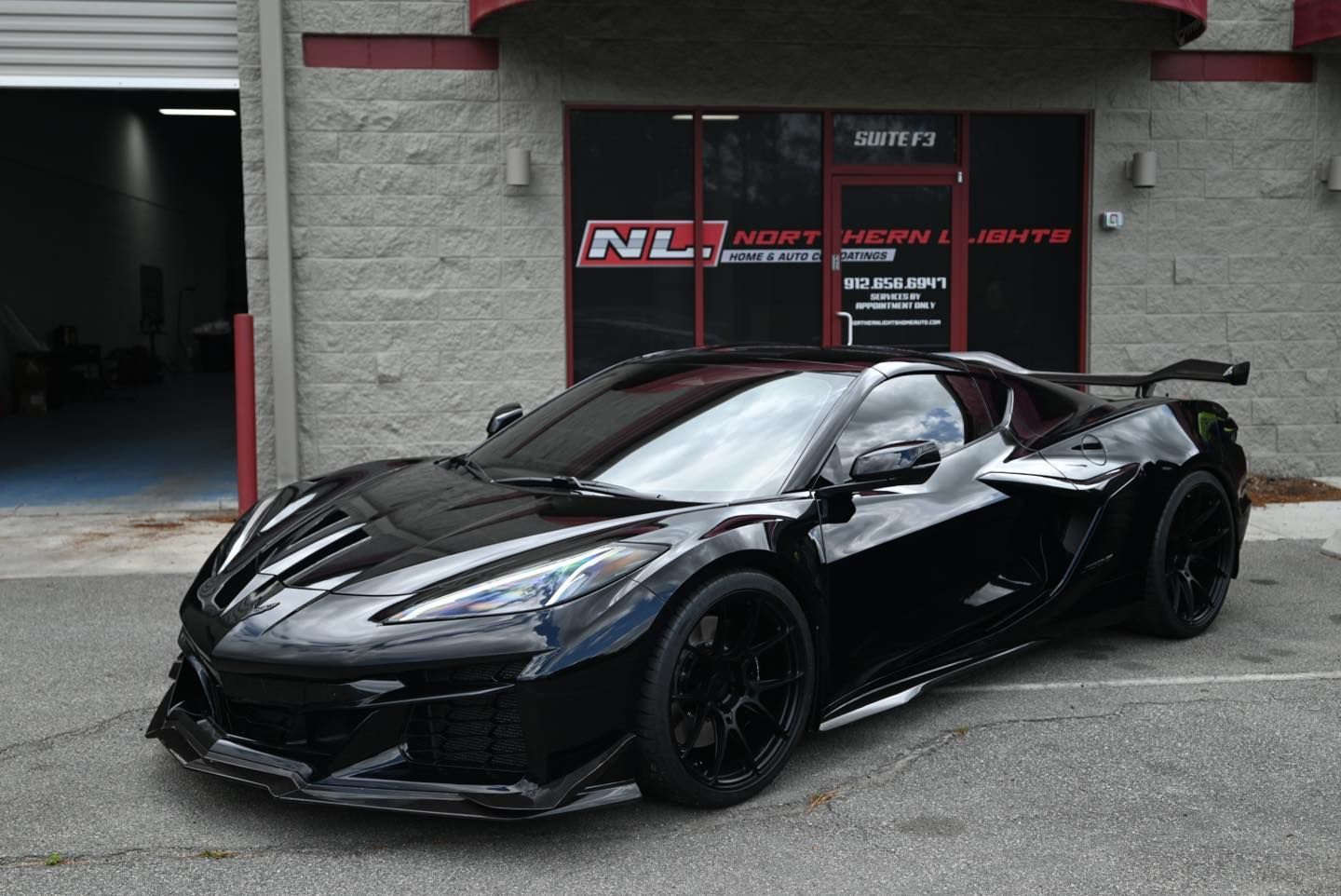The Ultimate Guide to Car Window Tint Maintenance: Tips for Long-lasting Results
Proper maintenance of window tint involves regular, careful cleaning. It's essential to not only keep the tint clean but also to do it in a way that won't accidentally cause damage. Abrasive tools or harsh cleaning agents, like those containing ammonia, should always be avoided. Instead, consider gentler alternatives, such as microfiber cloths, mild cleaners, and soft squeegees specifically designed for the task. By sticking to these, your tint will remain in top shape for much longer. Let's dive deep into the specifics of car window tinting maintenance!
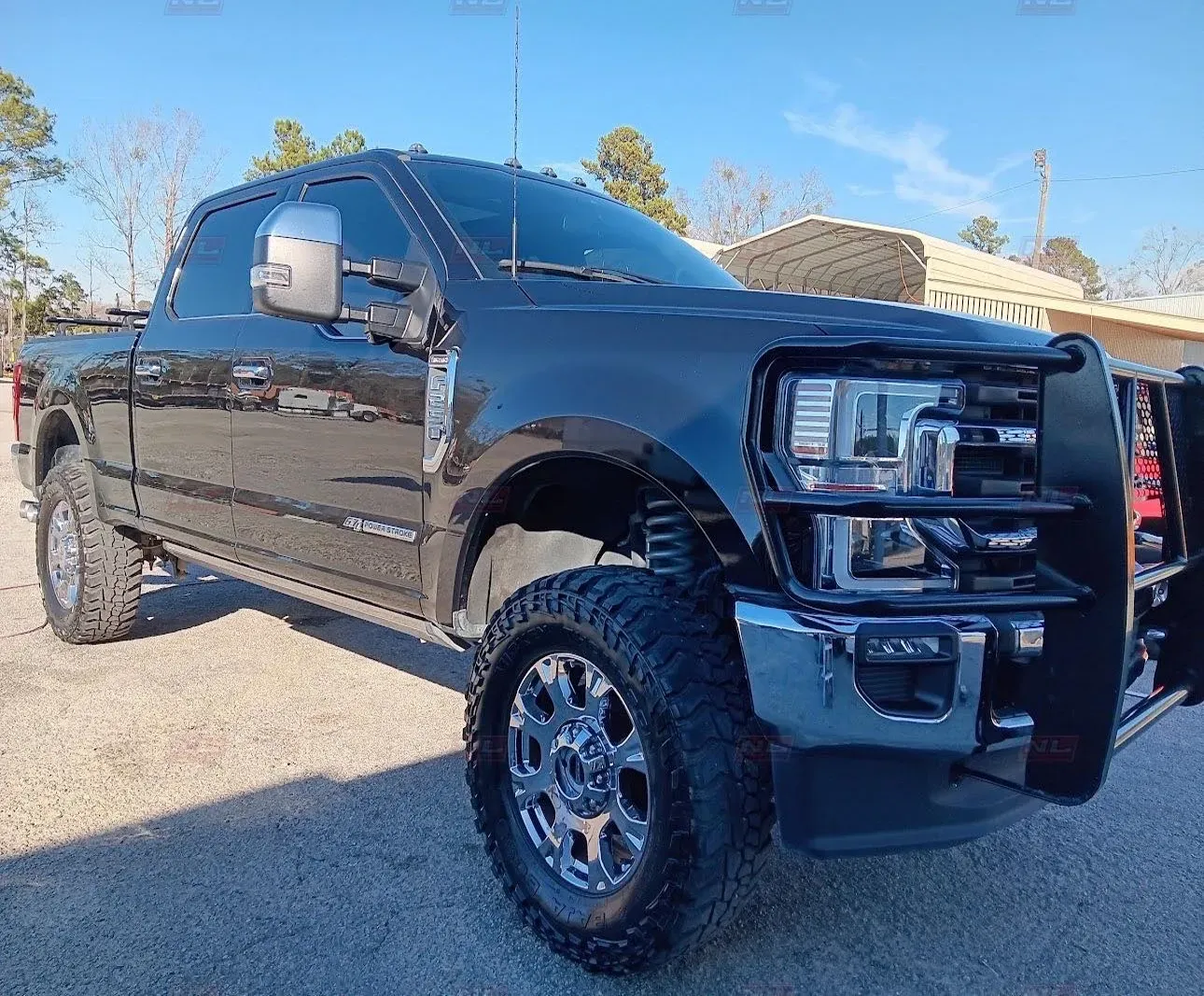
Tint Care and Maintenance Basics
Taking good care of your window tint is essential for preserving its appearance and functionality. Regular maintenance not only keeps the tint looking great but also ensures that it continues to provide the benefits of UV protection, heat reduction, and privacy that you expect. Let's explore some key tips for effectively managing your window tint to keep it in top condition.
Cleaning with Caution
When it comes to cleaning your window tint, using the right products and techniques is crucial. Always opt for a gentle approach to avoid damage. Harsh cleaning agents or abrasive materials can cause marks or discoloration, compromising the effectiveness and aesthetics of the tint. It’s best to use mild soap or specific cleaners made for tinted windows and apply them with a soft, non-abrasive cloth or paper towel. This will remove dirt and grime without harming the tinted surface.
By routinely cleaning your window tint with care, you can prevent the buildup of dust, dirt, and other particles, ensuring that it maintains a clean and clear appearance over time.
Protective Measures
In addition to regular cleaning, consider taking protective measures to safeguard your window tint from potential damage. For instance, when parking your vehicle, try to find shaded spots or utilize sunshades to minimize direct exposure to sunlight. Excessive heat from direct sunlight can degrade the tint material over time.
Furthermore, be cautious when handling objects near the windows, as sharp or hard-edged items can potentially damage the tint. By implementing these preventative steps, you can contribute to the long-lasting quality of your window tint.
Avoiding Ammonia-Based Cleaners
One key aspect of maintaining your window tint is avoiding cleaning products that contain ammonia. This chemical can cause adverse effects on the quality of the tint film, leading to bubbling, discoloration, or peeling. Given this risk, it's important to carefully read the labels of any cleaning products you use and ensure that they are safe for use on tinted windows.
By steering clear of ammonia-based cleaners and opting for gentle alternatives, you can protect the integrity of your window tint and prolong its durability.
Regular Inspections
Conducting regular inspections of your window tint allows you to identify any issues or signs of wear early on. Look out for any areas where the tint may be lifting or showing signs of damage. Addressing these concerns promptly can help prevent further deterioration and preserve the overall condition of your window tint.
By adhering to these basic maintenance practices, you can effectively nurture your window tint's longevity and visual appeal while maximizing its protective benefits. Each step plays a vital role in maintaining the quality of your window tint, ensuring that it continues to enhance your driving experience for years to come.
With these fundamental principles ingrained in maintaining healthy and long-lasting window tints, let's now shift our focus toward exploring key products and tools that can aid in this endeavor.
Key Products and Tools for Tint Maintenance
When it comes to caring for your window tint, the choice of products and tools is crucial. Here are some essentials to remember:
- Microfiber Cloths: Their gentle, non-abrasive nature makes microfiber cloths perfect for cleaning window tints. They won't leave marks or lint behind, providing a safe and effective way to keep your tint looking great.
- Tint-Safe Cleaners: Seek mild, ammonia-free cleaners specifically designed for use on tinted windows. These cleaners are gentle enough to clean the tint without causing any damage or discoloration. They also assist in removing dirt, grime, and other residues without compromising the integrity of the tint.
- Non-Abrasive Squeegees: When cleaning your tinted windows, using a non-abrasive squeegee can make a big difference. It helps in removing excess moisture and air bubbles during the application of tint-safe cleaners.
Using these recommended products and tools ensures that you maintain the integrity and appearance of your window tint without causing any damage. The goal is to clean the tint effectively while preserving its longevity and visual appeal.
With the right set of products and tools at your disposal, you can confidently maintain the quality of your window tint without causing any harm to it.
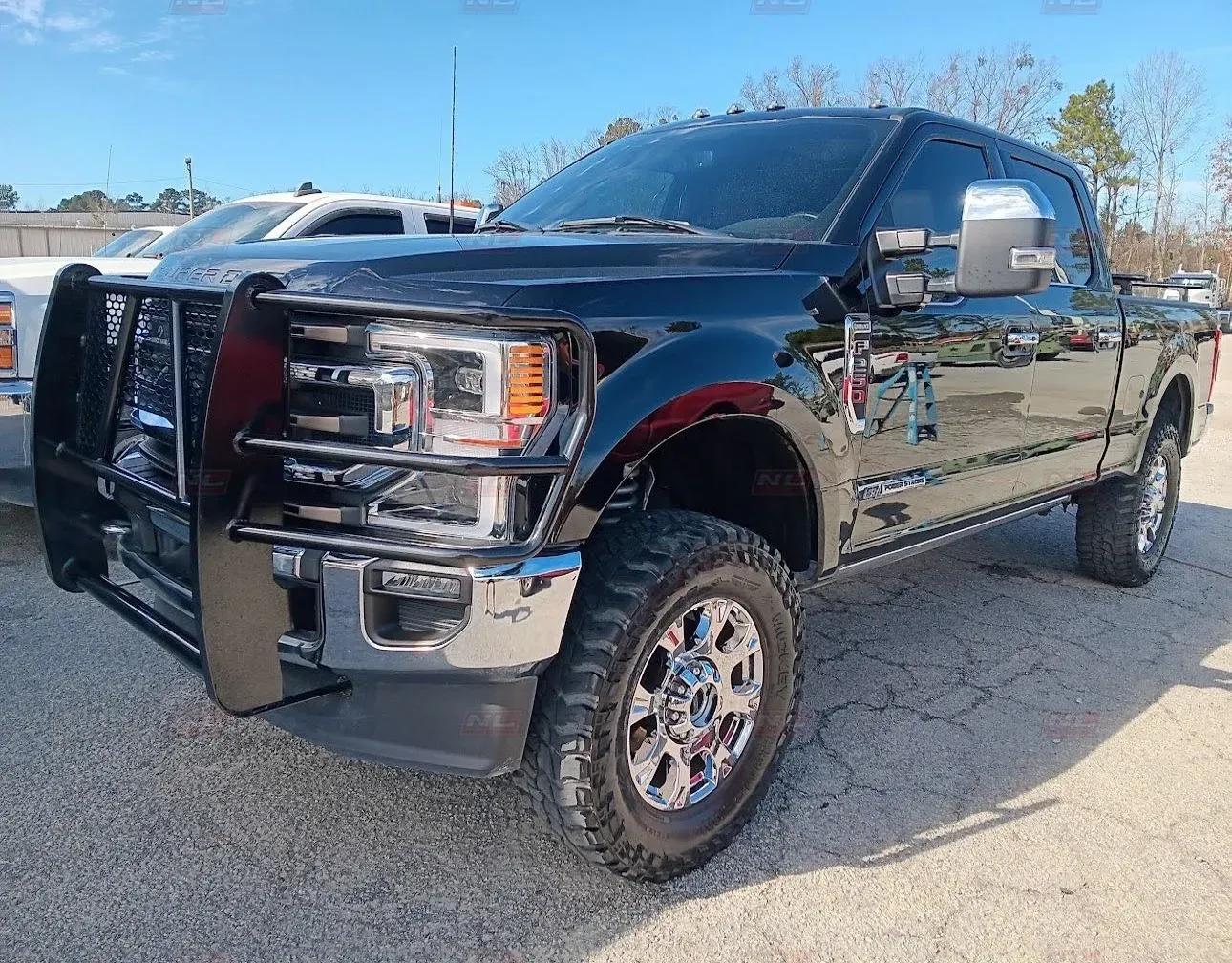
Steps in Cleaning Your Tinted Windows
Cleaning tinted windows is different from cleaning regular windows. You need to be extremely careful to avoid damaging the tint film while ensuring that it is thoroughly cleaned. Here's how you can do it step by step:
Step 1 - Prepare the Cleaning Solution
Mix a mild detergent with water to create a safe and effective cleaning solution. It's crucial to use a gentle detergent to prevent any damage to the tinted film. Consider using a mild baby shampoo, as it's gentle and won't harm the film.
Step 2 - Clean the Windows
After preparing the cleaning solution, spray it on the window. When wiping, be sure to use a soft microfiber cloth to avoid damaging the tint. Remember that applying too much pressure can cause damage, so gently wipe to remove dirt and grime without harming the film.
Quick Tip: If there are stubborn spots, spray some of the cleaning solution directly onto a cloth and then wipe those specific areas.
Step 3 - Dry the Windows
Once you've cleaned the windows, it's important to dry them properly to prevent water spots. For this step, use another clean microfiber cloth to gently dry the windows.
Remember: Using a circular motion while drying can help to remove any remaining streaks or spots.
Regular maintenance of your tinted windows is crucial for their longevity and appearance. By following these steps carefully and regularly, you can ensure that your tinted windows remain clean and clear without causing any damage to the film.
Maintaining impeccably clean windows is only part of what ensures their longevity. Next, we'll delve into creating an effective schedule for keeping your tinted windows in top condition.
How to Create a Cleaning Schedule
Ensuring the cleanliness of your windows, especially when they are tinted, is a crucial aspect of car care, regardless of whether you live in an urban hub or amidst the serenity of rural landscapes. Creating a regular cleaning schedule for tinted windows not only maintains their appearance but also significantly prolongs the lifespan of the tint.
Consider the frequency of your car use and the local weather conditions. In regions where road salt is routinely applied during the winter, more frequent window cleaning is necessary to prevent salt buildup, which can degrade the tint if left unattended. Conversely, living in a dry and dusty environment enhances the accumulation of dirt and dust on your windows, necessitating more frequent cleaning sessions.
As a general rule, perform weekly inspections of your tinted windows for signs of grime or staining. Regular checks enable the early identification of issues and prevent them from becoming stubborn problems down the road. For example, bird droppings or tree sap can pose harm to the tint if not promptly cleaned.
When developing a cleaning schedule, consider how often you drive your vehicle. A car that is used daily will gather more dirt and dust on its tinted windows compared to one that is used less frequently.
Lastly, seasonal variations in environmental conditions must not be overlooked. In spring and summer, when pollen levels soar, more frequent window cleanings may be necessary to keep the tinted surfaces clear.
With these considerations in mind, creating and adhering to a regular cleaning schedule will guarantee that your tinted windows remain in optimal condition, offering long-lasting benefits for both aesthetics and functionality.
Top Tips for Prolonged Tint Longevity
When it comes to maintaining your window tint, avoiding direct sunlight is one of the most critical aspects. Yes, it might seem simple, but the sun's UV rays are incredibly damaging, not just to our skin, but to materials like window tint too.
Direct sunlight can cause the tint to fade and deteriorate over time. The UV radiation breaks down the dyes and pigments in the tint, leading to discoloration and loss of effectiveness. To protect your investment in window tint, whenever possible, park your vehicle in shaded areas or use a car sunshade when parking in direct sunlight. This small step significantly extends the life of your tint.
Additionally, consider incorporating clear, protective films over your tint as an extra layer of insurance against abrasions. These protective films act as a shield, taking the brunt of everyday wear and tear, leaving your window tint underneath unscathed.
Protective films are designed specifically to safeguard against:
- Minor marks from everyday use
- Abrasions caused by debris and dirt
- Harsh chemicals that could damage the tint
Ensuring Optimal Tint Performance
Your car's window tint acts as a shield, protecting you from the sun and ensuring privacy. However, like any shield, it can sustain damage. If you start noticing peeling, bubbling, or discoloration on your window tint, it's time to take action.
This kind of damage won't resolve itself; in fact, it tends to worsen if left unattended. Small bubbles in your tint are akin to cracks in a dam; even small ones can lead to more significant problems over time. It’s crucial to address these issues as soon as you notice them to prevent further damage.
A small bubble can escalate quickly with changes in temperature or exposure to the sun's UV rays. Similarly, discolored areas often indicate that the adhesive is weakening, no longer providing the necessary protection.
Professional Maintenance Services
If you notice any issues with your window tint, don't hesitate to seek professional help. Our shop offers specialized maintenance services to promptly and effectively address these problems.
By staying ahead of these issues with routine maintenance, you can avoid costly re-tinting in the future and enjoy long-lasting, high-quality performance from your window tint.
Final Words
Upon concluding our window tint maintenance journey, it is apparent that regular and meticulous maintenance are essential to preserving flawless, long-lasting outcomes. Northern Lights Home & Auto Coatings in Guyton stands as your partner in upholding the brilliance of your window tints.
Northern Lights Home & Auto Coatings can help preserve both the beauty and functionality of your auto window tint. Get expert advice, maintenance services, and solutions from us that keep your windows shining brightly.
If you are looking for a window tinting installation service,
reach out to us today!
